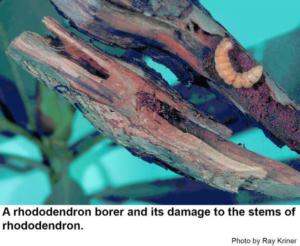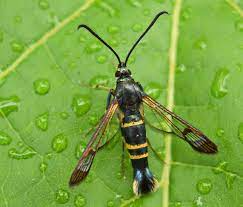Prevent Fall Rhododendron Problems in the Spring
go.ncsu.edu/readext?862550
en Español / em Português
El inglés es el idioma de control de esta página. En la medida en que haya algún conflicto entre la traducción al inglés y la traducción, el inglés prevalece.
Al hacer clic en el enlace de traducción se activa un servicio de traducción gratuito para convertir la página al español. Al igual que con cualquier traducción por Internet, la conversión no es sensible al contexto y puede que no traduzca el texto en su significado original. NC State Extension no garantiza la exactitud del texto traducido. Por favor, tenga en cuenta que algunas aplicaciones y/o servicios pueden no funcionar como se espera cuando se traducen.
Português
Inglês é o idioma de controle desta página. Na medida que haja algum conflito entre o texto original em Inglês e a tradução, o Inglês prevalece.
Ao clicar no link de tradução, um serviço gratuito de tradução será ativado para converter a página para o Português. Como em qualquer tradução pela internet, a conversão não é sensivel ao contexto e pode não ocorrer a tradução para o significado orginal. O serviço de Extensão da Carolina do Norte (NC State Extension) não garante a exatidão do texto traduzido. Por favor, observe que algumas funções ou serviços podem não funcionar como esperado após a tradução.
English
English is the controlling language of this page. To the extent there is any conflict between the English text and the translation, English controls.
Clicking on the translation link activates a free translation service to convert the page to Spanish. As with any Internet translation, the conversion is not context-sensitive and may not translate the text to its original meaning. NC State Extension does not guarantee the accuracy of the translated text. Please note that some applications and/or services may not function as expected when translated.
Collapse ▲Rhododendrons are a major landscape plant in the south. We start to see them burst into flower in the spring and they are magnificent. But that is also the time to prevent rhododendron borer damage. The damage from this insect won’t be evident until the fall when small wilted branches start showing up. At this point the only thing that can be done is to prune out the wilted and dead parts and burn them. Once borers enter the plant, chemical control is useless.

The adult rhododendron borer resembles a wasp and lays eggs on the bark of the rhododendron. These eggs hatch in to small caterpillars in early summer and by fall they have tunneled in to the trunks, branches and limbs of the plant. Sprays containing permethrin will protect the wood from the larvae. Thoroughly spray the bark 3 times in May and June at 10-14 day intervals. Some readily available brands are Bonide Total Pest Control Outdoor Concentrate and Hi-Yield Indoor/Outdoor Broad Use Insecticide Concentrate.

Adult Rhododendron Borer
Treat your rhododendrons in May and June to prevent damage from this destructive pest!




